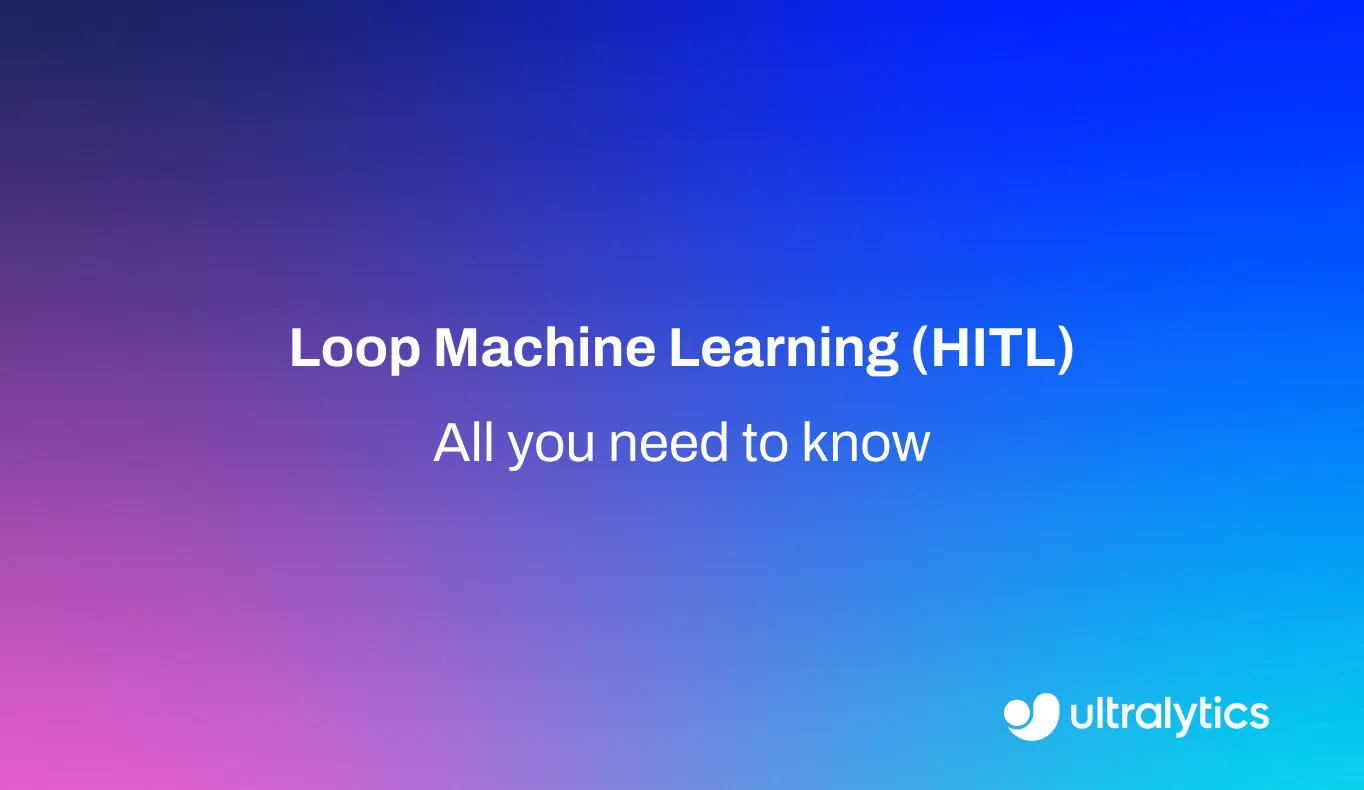Transformer-XL
Discover how Transformer-XL revolutionizes sequence modeling with innovations like segment-level recurrence and long-range context handling.
Transformer-XL, which stands for Transformer-Extra Long, is an advanced neural network architecture designed to overcome one of the primary limitations of the original Transformer model: its inability to process extremely long data sequences. Developed by researchers from Google AI and Carnegie Mellon University, Transformer-XL introduces a novel recurrence mechanism that allows the model to learn dependencies beyond a fixed-length context. This enables it to handle tasks involving long texts, such as books or articles, far more effectively than its predecessors, making it a pivotal development in the field of Natural Language Processing (NLP).
The architecture's innovations address the issue of context fragmentation, where a standard Transformer processes data in isolated segments, losing all contextual information from one segment to the next. Transformer-XL solves this by caching and reusing the hidden states calculated for previous segments, creating a recurrent connection between them. This allows information to flow across segments, giving the model a form of memory and a much larger effective context window.
How It Works
Transformer-XL's effectiveness stems from two core architectural improvements over the standard Transformer:
- Segment-Level Recurrence Mechanism: Instead of processing each segment of text independently, Transformer-XL reuses the hidden states from previously processed segments as context for the current segment. This technique, inspired by the mechanics of a Recurrent Neural Network (RNN), prevents context fragmentation and allows the model to build a much richer, long-range understanding of the data. This is crucial for maintaining coherence in long-form text generation.
- Relative Positional Embeddings: The original Transformer uses absolute positional embeddings to understand word order, but this approach becomes inconsistent when reusing hidden states across segments. Transformer-XL introduces a more sophisticated relative positioning scheme. Instead of encoding the absolute position of a token, it encodes the relative distance between tokens within the attention mechanism. This makes the model more robust and generalizable when processing new, longer sequences.
Relevance and Applications
Transformer-XL's ability to model long-range dependencies makes it highly effective for various sequential tasks, particularly in NLP.
- Language Modeling: It achieved state-of-the-art results on character-level and word-level language modeling benchmarks like enwik8 and WikiText-103 by capturing longer context than previous models. This improved understanding of language structure is vital for generating coherent and contextually relevant text. For example, a Transformer-XL-based model could write a novel where a detail mentioned in the first chapter is consistently remembered and referenced in the final chapter.
- Long Document Processing: Tasks involving long documents, such as text summarization, question answering over lengthy articles, or analyzing entire books or codebases, benefit significantly from its extended context window. An AI legal assistant could use this architecture to read a multi-hundred-page contract and accurately answer questions about interconnected clauses, no matter how far apart they are in the document.
- Reinforcement Learning: Its improved memory capabilities have also found applications in reinforcement learning tasks requiring long-term planning.
While Transformer-XL is primarily known for NLP, the principles of handling long sequences efficiently are relevant across Machine Learning (ML), potentially influencing architectures for time-series analysis or even aspects of computer vision (CV) dealing with video data. Architectural innovations often cross-pollinate; for example, Transformers themselves inspired Vision Transformers (ViT) used in image analysis. Platforms like Hugging Face host implementations and pre-trained models, facilitating research and application development. You can explore the original research in the paper "Transformer-XL: Attentive Language Models Beyond a Fixed-Length Context". Understanding such advanced architectures helps inform the development and fine-tuning of models across various domains, including those managed and deployed via platforms like Ultralytics HUB.








